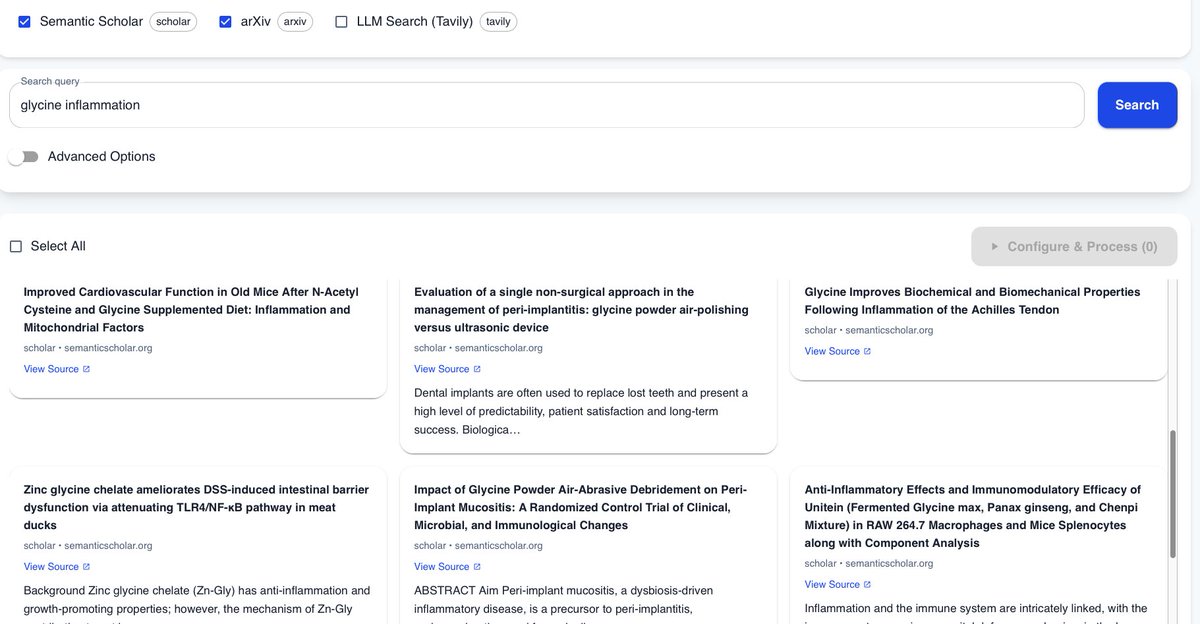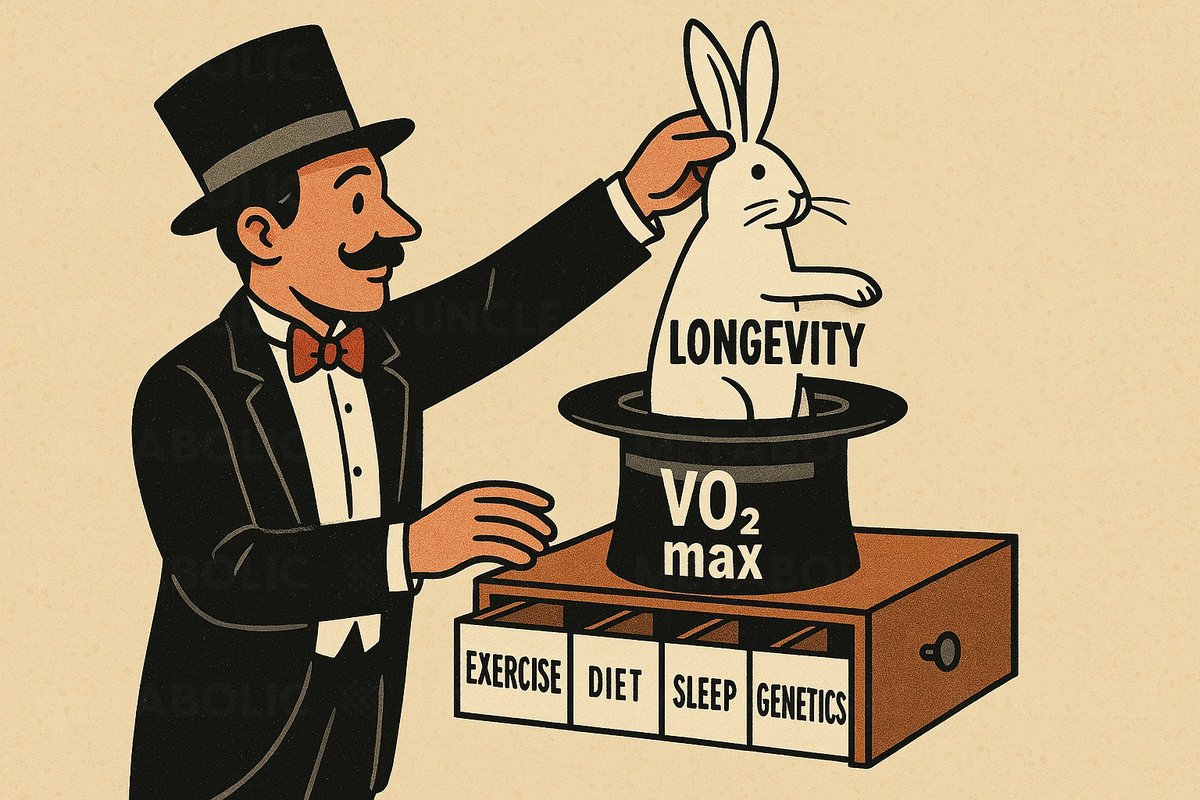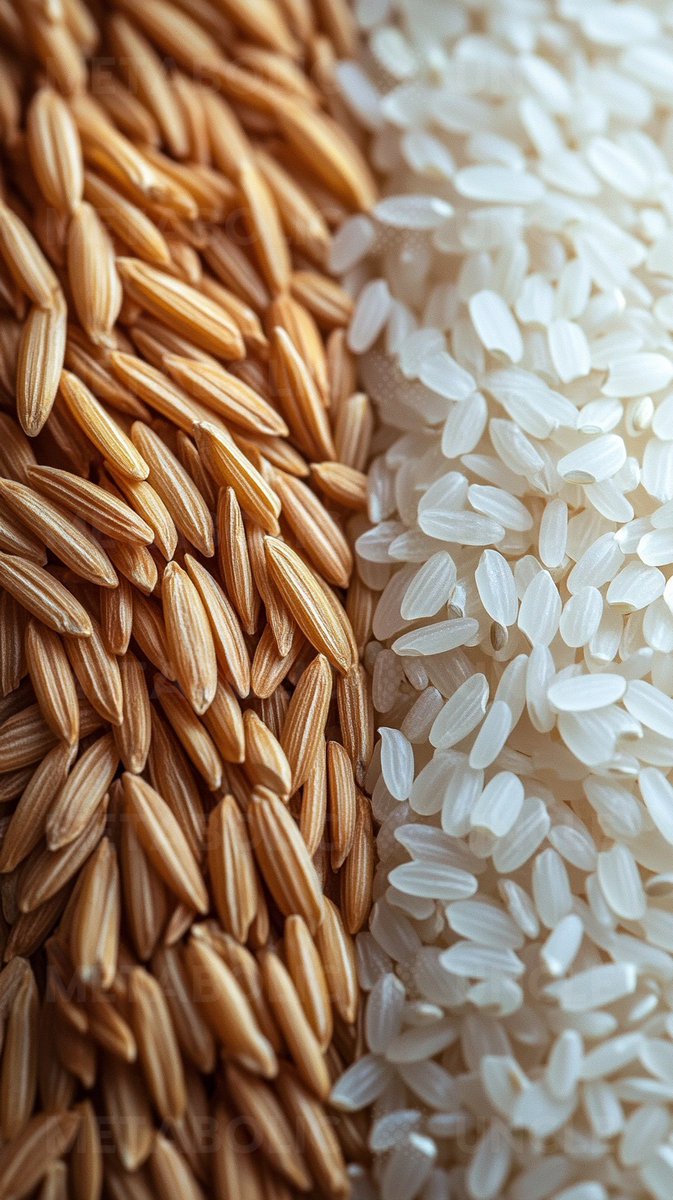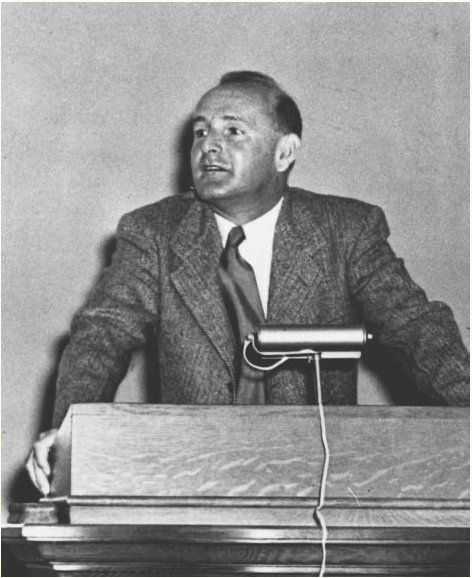
Personal experience merged with scientific insights to empower your journey to better health and well-being. No medical advice!
5 subscribers
How to get URL link on X (Twitter) App


 I could easily write for four weeks, every day, three posts just about glycine. It is incredible how many benefits this little amino acid has. It's been a staple in my life for many, many years.
I could easily write for four weeks, every day, three posts just about glycine. It is incredible how many benefits this little amino acid has. It's been a staple in my life for many, many years. 

 Think of your body as a high-performance engine. Each of your trillions of cells is a combustion chamber. When a cell makes energy, it also produces exhaust… metabolic waste.
Think of your body as a high-performance engine. Each of your trillions of cells is a combustion chamber. When a cell makes energy, it also produces exhaust… metabolic waste. 

 The traditional “high‑volume” dogma fails
The traditional “high‑volume” dogma fails

 1. STANDING CALF RAISES
1. STANDING CALF RAISES

 The Secret Language of Light: How Your Mitochondria Listen
The Secret Language of Light: How Your Mitochondria Listen

 VO2 Max Isn’t the Holy Grail. It’s a Distraction.
VO2 Max Isn’t the Holy Grail. It’s a Distraction.

 Before digging deeper, let’s clarify the difference between Basal Metabolic Rate (BMR) and Resting Metabolic Rate (RMR).
Before digging deeper, let’s clarify the difference between Basal Metabolic Rate (BMR) and Resting Metabolic Rate (RMR). 
 GLP-1 vs. GIP: The Intestine Hormone Tug-of-War
GLP-1 vs. GIP: The Intestine Hormone Tug-of-War

 The Anti-Nutrient Problem
The Anti-Nutrient Problem

 This rule exploits the physics of fatty acids.
This rule exploits the physics of fatty acids. 

 Health Benefits of Red Light Therapy
Health Benefits of Red Light Therapy

 Kempner had fled Nazi Germany in the 1930s, arriving at Duke with a radical notion. He believed the kidney buckled under protein, fat, and sodium overload. His Rice Diet relied on white rice, fruit juices, and up to 500 grams of sugar per day for some patients. Critics dismissed it as ludicrous. Yet many stage 4 kidney disease patients thrived, often outliving their dire prognoses by years. Kempner documented more than 18,000 such cases, establishing one of the largest and most debated dietary interventions in modern medicine.
Kempner had fled Nazi Germany in the 1930s, arriving at Duke with a radical notion. He believed the kidney buckled under protein, fat, and sodium overload. His Rice Diet relied on white rice, fruit juices, and up to 500 grams of sugar per day for some patients. Critics dismissed it as ludicrous. Yet many stage 4 kidney disease patients thrived, often outliving their dire prognoses by years. Kempner documented more than 18,000 such cases, establishing one of the largest and most debated dietary interventions in modern medicine.

 The Science Behind Ray Peat’s Carrot Salad
The Science Behind Ray Peat’s Carrot Salad

 1. Lactic Acid vs. Carbon Dioxide: Opposing Metabolic Forces
1. Lactic Acid vs. Carbon Dioxide: Opposing Metabolic Forces
 Orange Juice: The Glycogen Restorer
Orange Juice: The Glycogen Restorer

 The Role of the Stress Response
The Role of the Stress Response